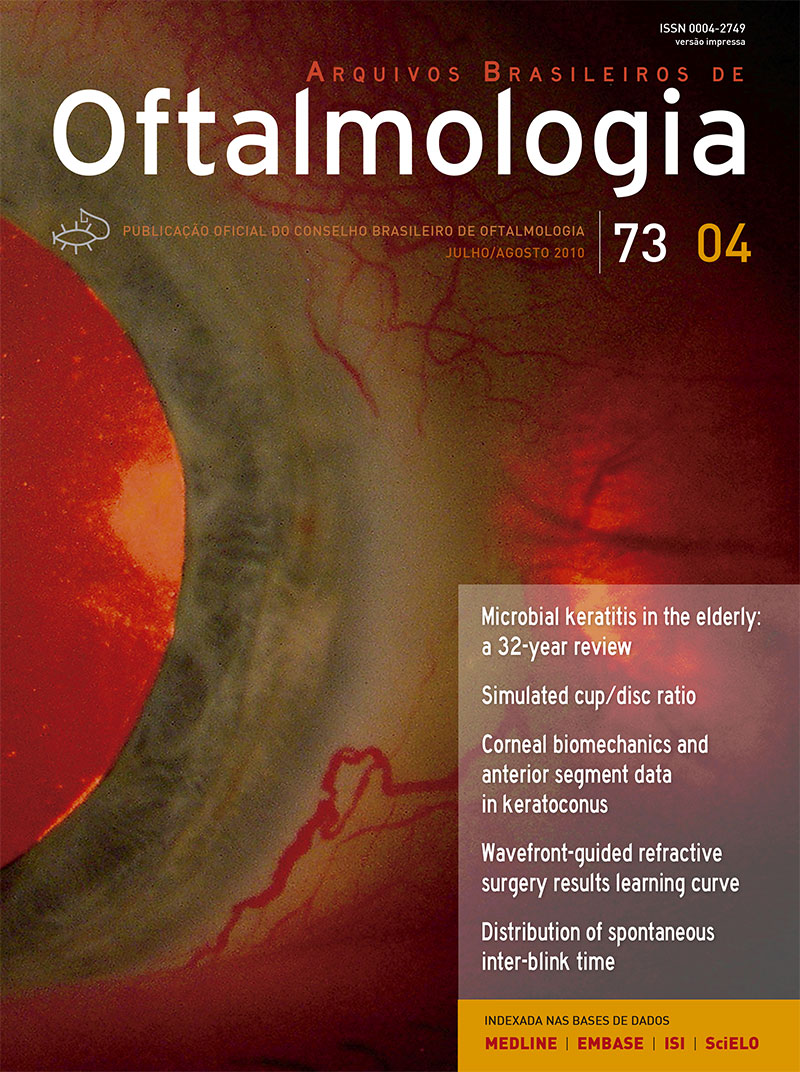INTRODUCTION: Byproducts of 4-aminoquinolones are being used since its industrialization in the treatment of malaria, rheumatic and dermatologic diseases. These drugs present systemic and ocular adverse events. Systemic adverse reactions affect the gastrointestinal, nervous and skeletal muscular systems and the skin. Ocular adverse reactions are: photophobia, cornea verticillata, poliosis, cataract, extraocular muscle palsy, anterior uveitis, toxic maculopathy and optical neuritis. PURPOSE: Bibliography review of complications due to the use of chloroquine and its derivatives. To analyze the current practice and propedeutics' evolution. To suggest practical managements for early toxicity signs. METHODS: Bibliographic review through research on MEDLINE, PUBMED, LILACS and SciELO database. DISCUSSION: All exams that can be used to screen ocular adverse reactions are described, such as: complete ophthalmologic exam, with emphasis on biomicroscopy and indirect binocular ophthalmoscopy, computerized visual field, Amsler grid testing and color vision testing, electrophysiological exams, polarimetry and optical coherence tomography. A description of maculopathy is presented, focusing on epidemiology, risk factors, histopathology and propedeutics. Chemical structure and the differences between 4-aminoquinolone derivatives are described. CONCLUSION: All patients using chloroquine and its derivatives must be followed-up and documented since the beginning of the therapy until they reach a cumulative dose above 100 grams. The higher the cumulative dose, the more we must be concerned with patient follow-up.
Keywords: Maculopathy chemically induced; Chloroquine; Hydroxichloroquine; Electroretinogram
